The emergence of the concept of shell shock during the First World War had focused unparalleled attention to the issue of traumatic illness.
Today, the recognition of post-traumatic stress disorder (PTSD) has established in the minds of the public, media and the health professionals that war can produce long-term and severe psychological effects. However, it was not always so.
Vulnerability to Stress
In the late nineteenth century, passengers who had been exposed to a terrifying train crash were often diagnosed with “railway spine” to explain why their psycho-somatic symptoms endured after physical wounds had healed. Medical opinion was divided as to whether these were organic effects, related to lesions in the central nervous system, or whether they were due to an inborn or acquired vulnerability to stress.
During World War One, soldiers exhibiting similar patterns of symptoms were given the label “shell shock.” The cause of their invalidity and, therefore, the appropriate form of management was the subject of considerable debate. Some hardline medical doctors, such as Gordon Holmes, believed that servicemen who broke down on the battlefield and failed to return to duty after a short period of recuperation showed a lack of resolve, which should be addressed by military discipline rather than continued hospitalization. By contrast, Charles Myers, consulting psychologist to British forces in France, argued that each soldier patient should be assessed on his merits.
Having observed the capacity of artillery bombardment to erode the morale and determination of the toughest combatant, Myers considered shell shock a legitimate illness, requiring expert treatment no less than any wound or disease. By exposing the citizen armies of Europe to prolonged and extreme danger, World War One generated psychological casualties on an industrial scale. This, in turn, created a military crisis that drew doctors from a diverse range of specialties into the field of mental health; never before had so much attention been focused on a single psychiatric disorder.
Shell Shock
The term “shell shock” emerged in the harsh winter of 1914-15 as soldiers sought to describe how they felt when under fire. During training, they had been instructed to conceal their fears because panic was known to spread rapidly through battalions. Yet, apart from trusting to luck, there was little that an infantryman could do to protect his life when being shelled. Without regulated tours of duty and no prospect of an early end to the conflict, many frontline soldiers were worn down by the emotional demands of trench warfare.
In the aftermath of the Battle of the Somme, shell shock became a military priority as a flood of psychiatric casualties eroded the strength of front-line units. Specialist centers were set up within the sound of the guns to provide rapid treatment and to discourage soldiers from believing that they had escaped military duty. In addition, new regulations governed the use of diagnostic terms, seeking to stem the flow of casualties across the Channel.
In theory, hospitals in Britain were reserved for severe or intractable cases of shell shock. There, teams of doctors researched causation and experimented with treatment. From this concentrated effort emerged various schools of trauma therapy: At the Maudsley Hospital under the direction of Frederick Mott, “an atmosphere of cure” was emphasized through purposeful activity (graduated exercise, carpentry, gardening, games and social events), whilst at the Red Cross Hospital in Maghull clinicians used ideas borrowed from anthropology and psycho-analysis. At Seale Hayne in Devon, where Arthur Hurst had access to farmland and a pottery, occupational therapy was emphasized as a way of restoring soldiers’ self-confidence and physical function.
By the early 1950s it was recognized that all soldiers have a breaking point, however well trained and motivated. As well as the link between physical and psychological casualties, it was also established that factors such as morale, leadership, regular sleep and confidence in equipment could mediate the size of the association but not the association itself.
At least 250,000 UK servicemen suffered from some form of psycho-somatic illness related to the conflict. Many failed to recover once peace had been restored. At first, the government funded treatment for veterans. “Special medical clinics” were opened by the Ministry of Pensions in provincial towns to provide a nationwide service of out-patient psychotherapy. With shortages of doctors qualified in trauma therapy, a training school was set up under Lt Colonel R.G. Rows, medical superintendent of Maghull.
By October 1920, 29 clinics were in operation and in February of the following year, it was estimated that 14,771 ex-servicemen with shell shock were either attending boards for assessment or clinics for treatment. However, a dramatic downturn in the economy and a government committed to public sector cuts saw the clinics close. By the mid-1920s trauma psychiatry had fallen down the health agenda and it took another world war to bring the sub-specialty to prominence.
World War Two
During World War Two breakdown on the battlefield again became a priority for the Allied democracies concerned that high casualties would undermine popular support for the conflict. Military psychiatry became an essential element of medical provision. With the direct involvement of the United States and its wealth of resources, attention was turned to evaluating the nature of breakdown and the effectiveness of treatments. Towards the end of the war, large-scale investigation was conducted into the psychological demands of combat (notably Samuel Stouffer’s two-volume study The American Soldier).
In addition, Gilbert W. Beebe, a sociologist, Michael E. DeBakey, a surgeon, and Albert Glass a military psychiatrist researched the relationship between physical and psychiatric casualties. Their findings provided objective evidence on which to build policy for subsequent conflicts.
By the early 1950s it was recognized that all soldiers have a breaking point, however well trained and motivated. As well as the link between physical and psychological casualties, it was also established that factors such as morale, leadership, regular sleep and confidence in equipment could mediate the size of the association but not the association itself. Yet, it was still believed that combat was secondary to personality in terms of causation. War, it was argued, served as a trigger to underlying vulnerability. Robust individuals with no family history of mental illness were expected to recover from the trauma of battle relatively quickly with no lasting ill effects.
Vietnam
The political crisis created by the Vietnam War, combined with significant cultural change, inspired a new interpretation of trauma psychiatry. Anti-war campaigners argued that veterans who had been able to contain their distressing experiences whilst on active service broke down on return to the US when confronted by an unsympathetic public. They called the phenomenon “delayed stress syndrome” or “post-Vietnam syndrome.”
A campaign by veterans and clinicians led to the formal recognition of PTSD by the American Psychiatric Association in 1980. It represented a turning point in aetiological theory. In both World Wars the individual had been held responsible for his breakdown: whether his genetics, family history, up-bringing or unconscious conflict. PTSD reversed this causal explanation. The traumatic exposure, criterion A in the DSM-III definition, was now primary and everyone, whether citizen or soldier, was potentially vulnerable to the new traumatic disorder if exposed to a life-threatening event. Personality factors were now considered secondary determining, amongst other things, the speed of recovery or severity of the disorder.
Post-Traumatic Stress Disorder
Shell shock and PTSD are not the same disorder by a different name. The former was a catch-all term for any soldier who broke down and was unable to perform his duties. It was expressed through a range of psycho-somatic symptoms such as chest pain, fatigue, headache, tremor, palpitations and nightmares. PTSD has some features in common with shell shock (notably startle reaction, poor concentration and intrusive images). Both disorders arose in a context of heightened emotion conditioned by extreme threat. They can be seen as culturally determined expressions of distress.
Although there is no direct chain of events from World War One through to the recognition of PTSD in 1980, the shell shock episode had focused unparalleled attention to the issue of traumatic illness. Never before had so many soldiers suffered from psychological disorder. Furthermore, their illness could not be explained by pre-war theories of degeneration, heredity or the side effects of infectious disease. Neurologists, general physicians and even surgeons, doctors who before 1914 would not have shown any interest in psychiatry, were drawn to shell shock.
By bringing new ideas to the discipline, it gave a fresh impetus to the search for psychological understanding and, in this sense, PTSD can be viewed as a progeny of World War One. Whilst today we are better equipped to diagnose and treat psychological trauma, we seem no further forward in preventing the conflicts that are the cause of these illnesses.
The views expressed in this article are the author’s own and do not necessarily reflect Fair Observer’s editorial policy.
Support Fair Observer
We rely on your support for our independence, diversity and quality.
For more than 10 years, Fair Observer has been free, fair and independent. No billionaire owns us, no advertisers control us. We are a reader-supported nonprofit. Unlike many other publications, we keep our content free for readers regardless of where they live or whether they can afford to pay. We have no paywalls and no ads.
In the post-truth era of fake news, echo chambers and filter bubbles, we publish a plurality of perspectives from around the world. Anyone can publish with us, but everyone goes through a rigorous editorial process. So, you get fact-checked, well-reasoned content instead of noise.
We publish 2,500+ voices from 90+ countries. We also conduct education and training programs
on subjects ranging from digital media and journalism to writing and critical thinking. This
doesn’t come cheap. Servers, editors, trainers and web developers cost
money.
Please consider supporting us on a regular basis as a recurring donor or a
sustaining member.
Will you support FO’s journalism?
We rely on your support for our independence, diversity and quality.



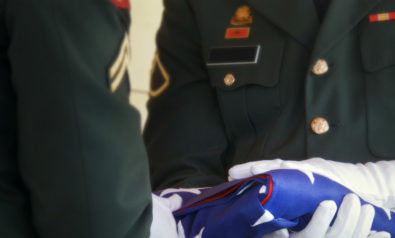







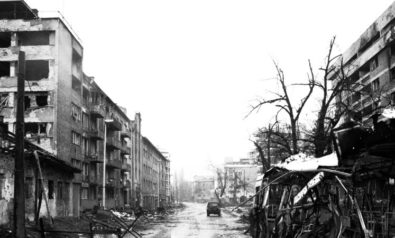



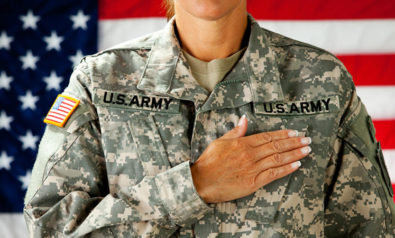


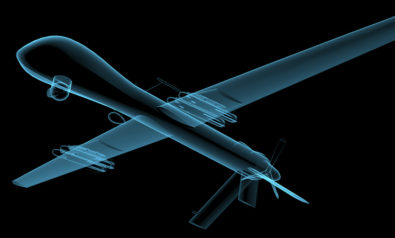
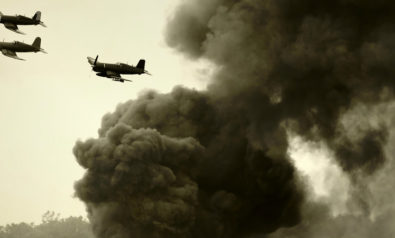
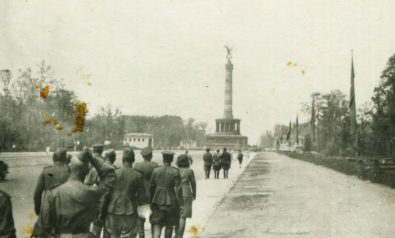



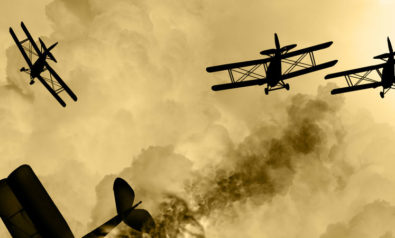


Comment